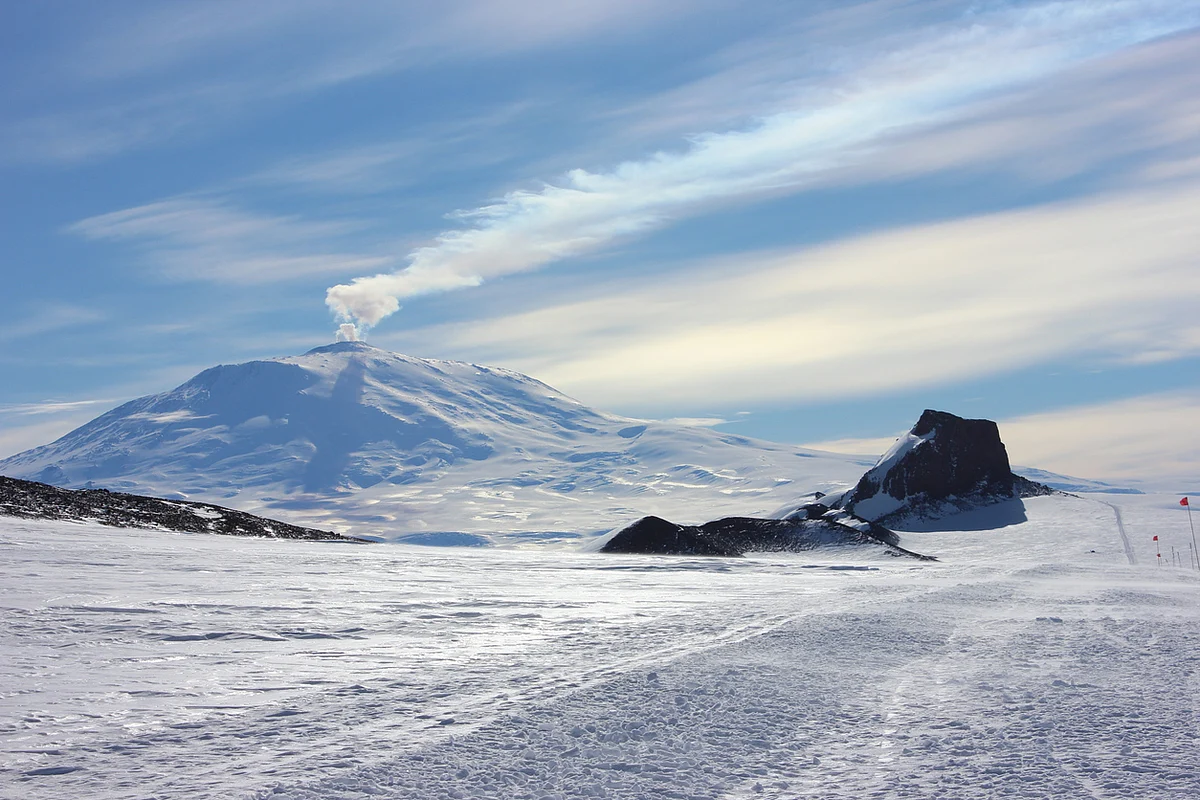As climate change speeds up glaciers retreat, hundreds of dormant subglacial volcanoes worldwide — particularly in Antarctica — could become active, leading to more frequent and explosive eruptions, warned scientists during a presentation at the Goldschmidt Conference, an international meeting on geochemistry being held in Prague.
Volcanoes can also erupt under ice sheets and glaciers. These sub-glaciated volcanoes are present in currently and formerly glaciated regions of the world, particularly Iceland, British Columbia and Antarctica.
Antarctica is the largest glaciovolcanic province globally, with volcanoes occurring all the way from the sub-Antarctic South Sandwich Islands, through the Antarctic Peninsula and Marie Byrd Land, and into East Antarctica, a distance of about 5,000 kilometres.
The connection between glacier retreat and volcanic eruptions is not new. The link between the two has been known in Iceland since the 1970s.
A 2022 study published in the journal Bulletin of Volcanology suggested that heavy rainfall and melting of glaciers might lead to frequent and severe volcanic eruptions.
“Our study suggests this phenomenon is not limited to Iceland, where increased volcanicity has been observed, but could also occur in Antarctica. Other continental regions, like parts of North America, New Zealand and Russia, also now warrant closer scientific attention,” Pablo Moreno-Yaeger from the University of Wisconsin-Madison, United States, said during the presentation in Prague.
